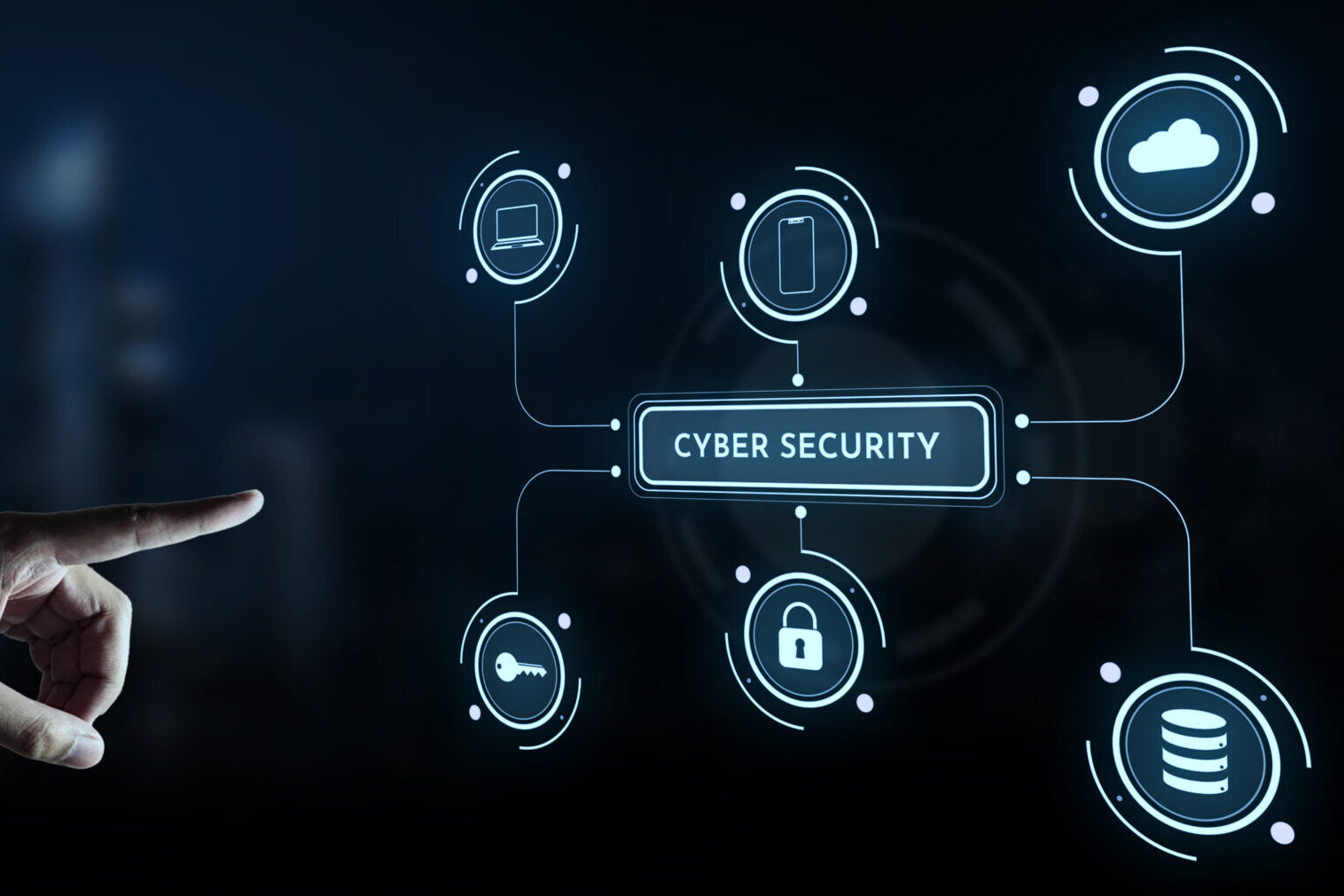
In an increasingly digitized world where security threats abound, the convergence of physical security management and cybersecurity has become more critical than ever before. Traditionally distinct realms, these two are now becoming intricately intertwined to form a unified front against the myriad risks faced by organizations today.
It seems that this notion has been present in the security discourse for quite some time. Breaking siloes leads to better security, and because a lot of critical infrastructure systems were created long before acquiring cyber dependencies, cyber-physical risks are at an all-time high.
Cyber and physical realms are often, at least to some extent, dependent on each other. For example, if a potential adversary wants to extract sensitive information from a database, they may first attempt to exploit vulnerabilities in the physical security of the data center housing that database. Weaknesses such as lacks access controls, poorly monitored entrances, or inadequate surveillance systems can provide an entry point for cyber-attacks. Social engineering, tailgating or theft can also be used as a tactic to gain access to the site and manually access the data.
Meanwhile, a successful cyber breach can have profound physical consequences. For instance, a hacker gaining unauthorized access to a power grid can disrupt electricity supply to critical infrastructure, impacting everything from the site’s CCTV to transportation and communications systems. This interdependency underscores the need for a holistic approach to security, one that addresses vulnerabilities in both the cyber and physical domains. It’s no longer sufficient to fortify one without considering the other, as the lines between digital and physical security continue to blur in our increasingly interconnected world.
Especially with the rise of AI those two realms will have to work together closer than ever before, as new AI-powered threats emerge. Broadly considered resilience will therefore incorporate both of those approaches.
However, many security risk specialists find themselves in divided, siloed organizations, and the wheels of change turn slowly. What can be done to bring those realms closer together?
Encourage open dialogue by initiating cross-departmental workshops
Cross-departmental meetings or workshops serve as the perfect platform for breaking down barriers between cyber and physical security units. Imagine a conference room bustling with energy as professionals from both realms gather around a table, ready to engage in discussions that transcend traditional boundaries. These meetings are not just about sharing PowerPoint slides or dry presentations; they’re about fostering genuine dialogue and collaboration. Picture cyber experts swapping stories and exchanging insights and perspectives. A deeper understanding of the interconnected nature of security risks begins to emerge. Sounds good?
Encouraging open dialogue is key. Participants should feel empowered to voice their opinions, ask questions, and challenge assumptions. This isn’t a one-way street; it’s a dynamic exchange where everyone has something valuable to contribute. Through such dialogue, participants can gain a more comprehensive understanding of the diverse range of security challenges faced by their organization. Those cross-departmental meetings can often serve as catalysts for innovation and collaboration. They lay the foundation for stronger, more resilient security strategies that address risks in both the cyber and physical domains. As siloed mentalities dissolve and collaboration flourishes, organizations can better navigate the complex landscape of modern security threats.
Integrated security frameworks for the cyber-physical resilience
Establishing common performance goals and agreeing on the key indicators for cyber-physical security can often serve as a common ground to bring those two realms closer together. By aligning on these key indicators, cyber and physical security teams gain a shared language for assessing performance and communicating successes and challenges. This fosters greater transparency and accountability across both realms, further promoting collaboration. As teams work towards shared objectives, they may discover synergies and opportunities to leverage each other’s strengths. For instance, cyber security measures may enhance physical security defences and vice versa, leading to more robust and integrated security solutions.
As we pointed out in our earlier blog post, the methodology used by the physical and cyber security experts is almost identical.
The term “framework” is not just a buzzword – it encompasses a range of practices and tools crucial for managing both cyber and physical security. Think Business Impact Analysis, Continuity Plans, Crisis Management, Risk Assessment, Incident Reports – they’re all part of the toolkit, whether you’re safeguarding digital assets or physical infrastructure. Sure, the specifics might vary – different assets, threats, and treatments for each domain – but the underlying processes remain remarkably similar. Whether you’re assessing risks, responding to incidents, or planning for continuity, the fundamental steps are nearly identical. Plus, the approach can take a familiar shape: compliance-based, scenario-driven, or focused on assessing impact.
These parallels are more than just coincidence; they’re a boon for fostering collaboration between cyber and physical security teams. Understanding that both sides are essentially following the same playbook makes it easier to bridge the gap during inter-departmental discussions. It’s like speaking a common language – you may have different dialects, but the core concepts are shared.
This alignment also streamlines coordination efforts. When both teams are operating from similar frameworks, communication becomes smoother, and strategies become more coherent. It’s like having two puzzle pieces that fit together perfectly – cooperation becomes natural, and the potential for synergy becomes apparent.
These similarities pave the way for potential integration down the line. As organizations evolve and security needs become more complex, merging cyber and physical security teams becomes a feasible option. After all, when you’re already speaking the same language and following similar processes, joining forces becomes a logical next step. Recognizing the parallels between cyber and physical security frameworks isn’t just about finding common ground – it’s about laying the groundwork for collaboration, coordination, and even integration. It’s about leveraging shared principles to build stronger, more resilient security practices that transcend traditional boundaries.


